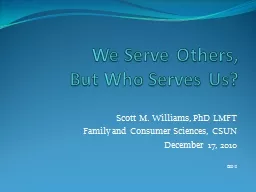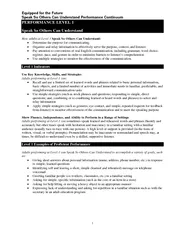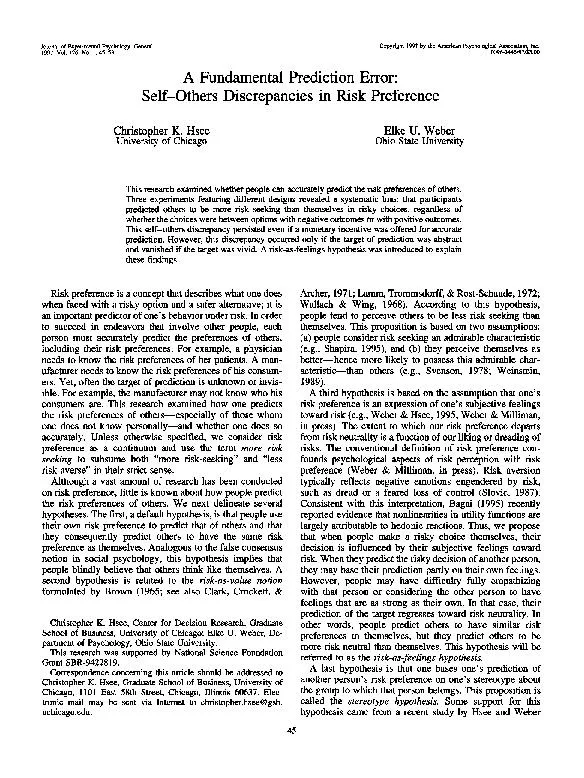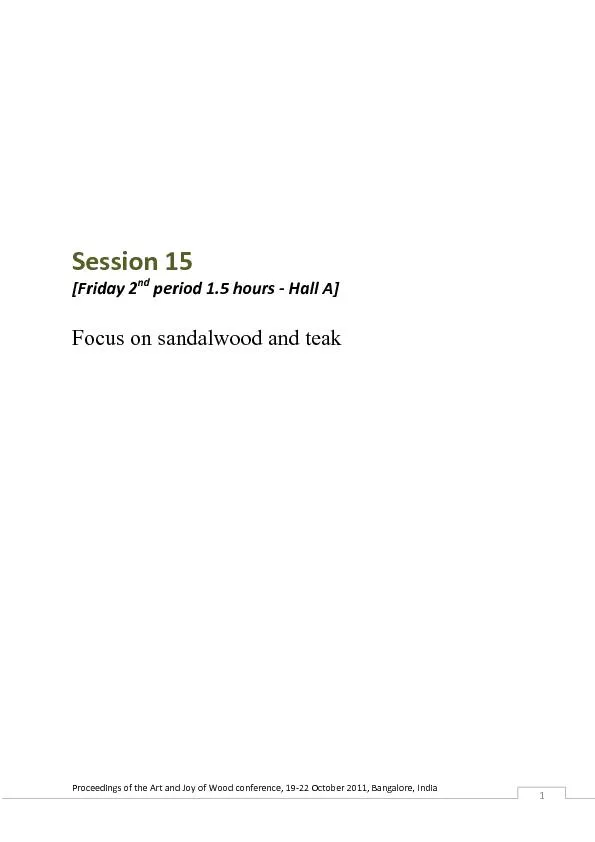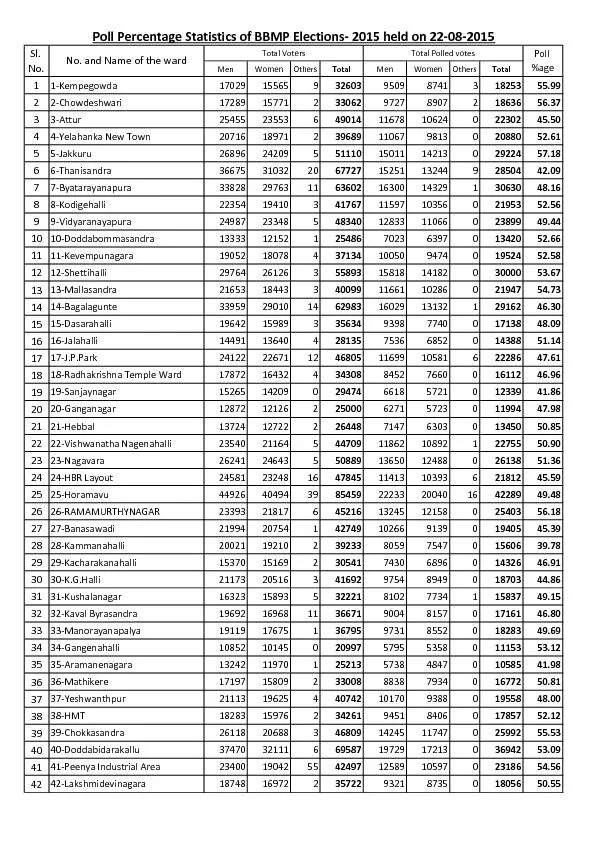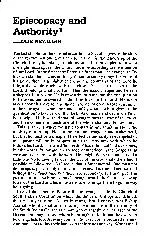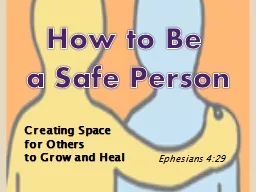PPT-We Serve Others,
Author : giovanna-bartolotta | Published Date : 2016-07-21
But Who Serves Us Scott M Williams PhD LMFT Family and Consumer Sciences CSUN December 17 2010 2010 The Serving Professional We must take care of ourselves so
Presentation Embed Code
Download Presentation
Download Presentation The PPT/PDF document "We Serve Others," is the property of its rightful owner. Permission is granted to download and print the materials on this website for personal, non-commercial use only, and to display it on your personal computer provided you do not modify the materials and that you retain all copyright notices contained in the materials. By downloading content from our website, you accept the terms of this agreement.
We Serve Others,: Transcript
Download Rules Of Document
"We Serve Others,"The content belongs to its owner. You may download and print it for personal use, without modification, and keep all copyright notices. By downloading, you agree to these terms.
Related Documents

